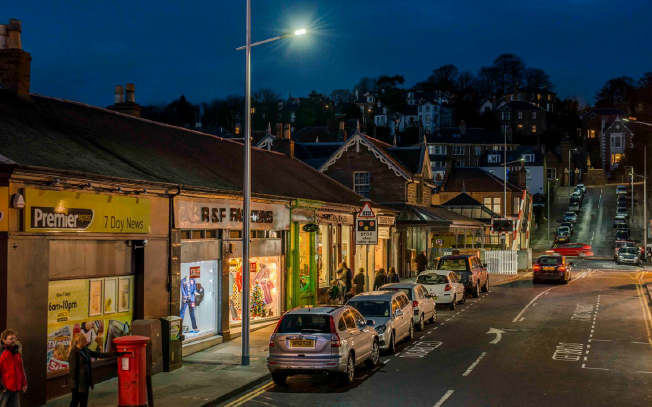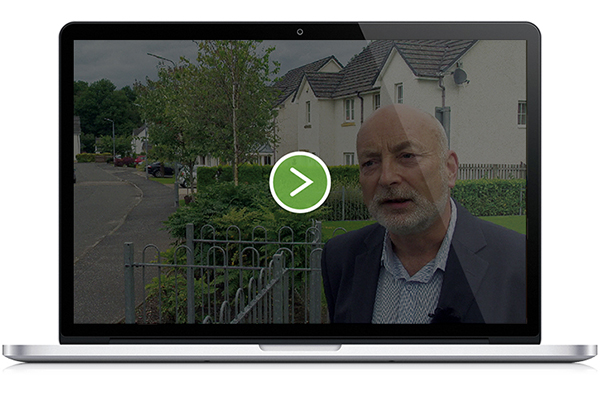 SFT green
SFT green
Scottish Government’s draft Energy Strategy outlines its vision for a transition to a smarter model of local energy provision, comprising energy generation, storage and use.
Proposals for a new Climate Change Bill include a new target of 50% of all energy (heat, electricity and transport) being delivered by renewables by 2030. In recent years, energy efficiency has been established as a national infrastructure priority with the Scottish Energy Efficiency Programme indicating the need to invest £10bn in Scotland’s buildings in order to move to a low carbon economy.
The focus of our low carbon work continues to be on supporting best value investment in infrastructure that contributes to achieving Scotland’s climate change targets while supporting and maximising the benefits of a low carbon economy.
During the last financial year, our low carbon team has:
- Supported more than 40 renewable energy and energy efficiency projects towards investment grade business cases to be delivered through the £76 million Low Carbon Infrastructure Transition Programme
- Increased the percentage of LED street lights installed on Scotland’s streets to more than 25% helping save 71,000 tonnes of CO2
- Developed financial structures to support investment in areas such as district heating and the Scottish Energy Efficiency Programme (a key aspect of energy efficiency, designated as a national infrastructure priority)
Our work with Scottish Government in launching the Non-Domestic Energy Efficiency Framework has seen the first ten projects progress to procurement with a capital value in excess of £10m generating guaranteed savings in excess of £20m over a 20-year period.

The provision and use of energy is an area of rapid change that has the potential to bring economic growth and improved environmental performance to the whole of Scotland. We’re at the very heart of that and are working with our partners to move to a low carbon economy. The Low Carbon Infrastructure Transition Programme, the Scottish Energy Efficiency Programme and the Heat Network Partnership are some of the collaborative programmes through which we support projects and attract investment to this sector.
Objectives for 2017/18
- Lead the public sector work stream of the Low Carbon Infrastructure Transition Programme, supporting four low carbon demonstration projects to maximise the number that complete by September 2018
- Explore innovative financial mechanisms and contractual structures to support investment in the low carbon economy considering the viability of revolving loan funds, co-funded loans and the use of Scottish Government guarantees to support investment
- Support the roll out of District Heating and Local Heat and Energy Efficiency Strategies
- Evaluate approaches to assess the socio-economic impacts of heat schemes to support delivery at a strategy, project and potentially a building level
- See 120,000 more energy-efficient LED streetlights installed through targeted support to councils
- Support strategic public sector energy efficiency projects, as agreed on a project basis with Scottish Government
